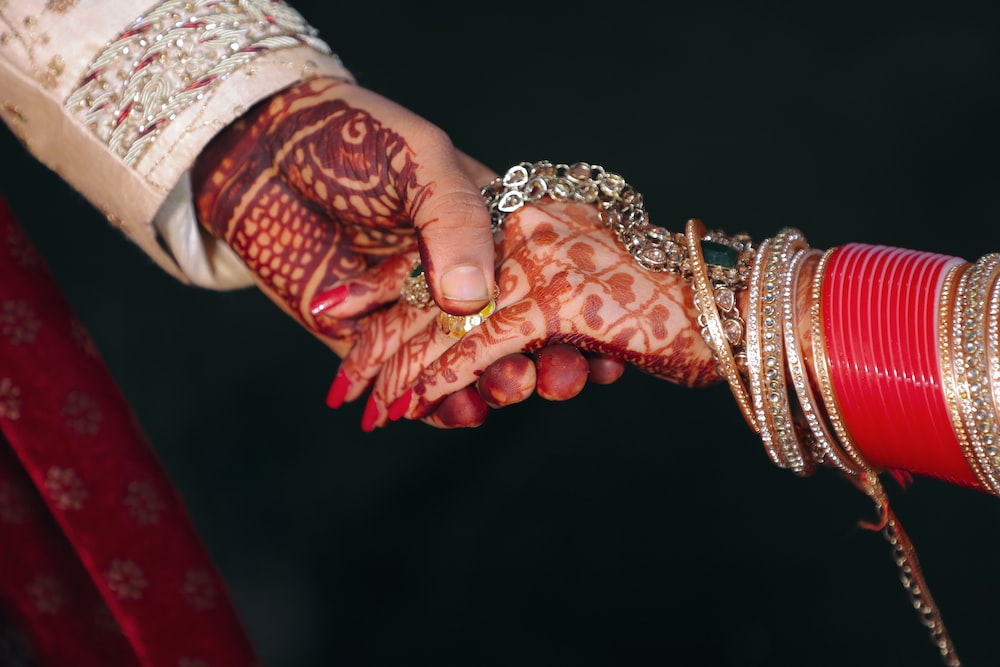The art of palmistry, sometimes referred to as palm reading, chiromancy, or chorology, is the fortune-telling method of using the palm as a guide. There are several cultural variations to the practise that are present throughout the world. Chiromancy practitioners are frequently referred to as palmists, hand analysts, hand readers, or chorologists.
Different lines and palmar features have many—and frequently conflicting—interpretations in different palmistry teachings. The Hindu Brahmins use palmistry, and the Book of Job also makes a passing mention of it. Academics regard palmistry as a pseudoscience due to the inconsistencies between various interpretations and the paucity of supporting data for its predictions.

Ancient palmistry
The art of palmistry has been practised in the societies of Sumeria, Babylonia, Arabia, Canaan, Persia, India, Nepal, Tibet, and other parts of the Eurasian landmass.
Yoshiaki Omura, an acupuncturist, explains that it has roots in Roma fortune tellers, Chinese Yijing (also known as the I Ching), and Hindu astrology (also known as jyotish in Sanskrit). The Teachings of Valmiki Maharshi on Male Palmistry, which translates to “The Teachings of Valmiki Maharshi on Male Palmistry,” is believed to have been written by the Hindu scholar Valmiki several thousand years ago. The practise of palmistry originated in India and later expanded to China, Tibet, and other nations in Europe.
Anaxagoras used palmistry, and it developed independently in Greece as well. According to legend, Aristotle (384–322 BCE) found a treatise on palmistry on an altar to Hermes. He subsequently gave it to Alexander the Great (356-323 BCE), who was very interested in assessing the personalities of his officers by scrutinising the lines on their hands. It is sometimes falsely claimed that the treatise in question is a chapter of a 17th-century sex handbook with an inaccurate Aristotelian attribution. He did not include the text in any of his canonical works.
Along with necromancy, geomancy, aeromancy, pyromancy, hydromancy, and spatulamancy, the seven “forbidden arts” of Renaissance magic included palmistry, sometimes known as “chiromancy.” The Catholic Church forcefully prohibited palmistry during the 16th century.
Modern palmistry
Beginning with the publication of La Chirognomie by Captain Casimir Stanislas D’Arpentigny in 1839, palmistry had a renaissance in the modern age.
With the claimed goals of developing and systematising the art of palmistry and preventing charlatans from misusing the practise, Katharine St. Hill established the Chirological Society of Great Britain in London in 1889. The American Chirological Society was established in 1897 by Edgar de Valcourt-Vermont (Comte C. de Saint-Germain).
The Irishman William John Warner, often known as Cheiro, was a key player in the modern palmistry movement. He established a palmistry practise in London after studying under gurus in India and attracted a large clientele of well-known people from all over the world, including notable figures like Mark Twain, W. T. Stead, Sarah Bernhardt, Mata Hari, Oscar Wilde, Grover Cleveland, Thomas Edison, the Prince of Wales, General Kitchener, William Ewart Gladstone, and Joseph Chamberlain. Cheiro was a “social palmist” who was so well-liked that even individuals who did not believe in occultism had their hands read by him. In Cheiro’s visitor’s book, the sceptic Mark Twain noted that Cheiro had “revealed my character to me with humiliating correctness.”










